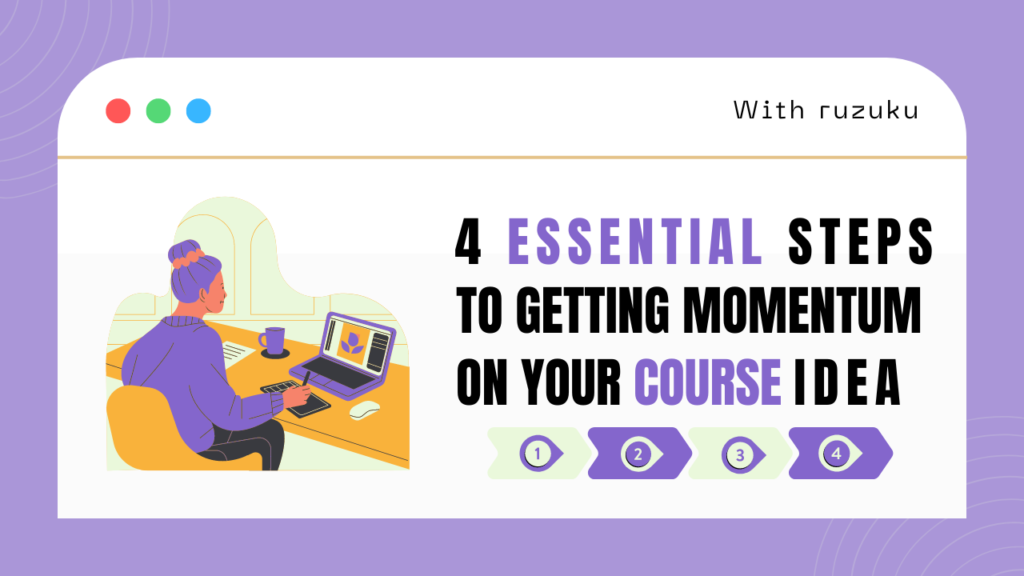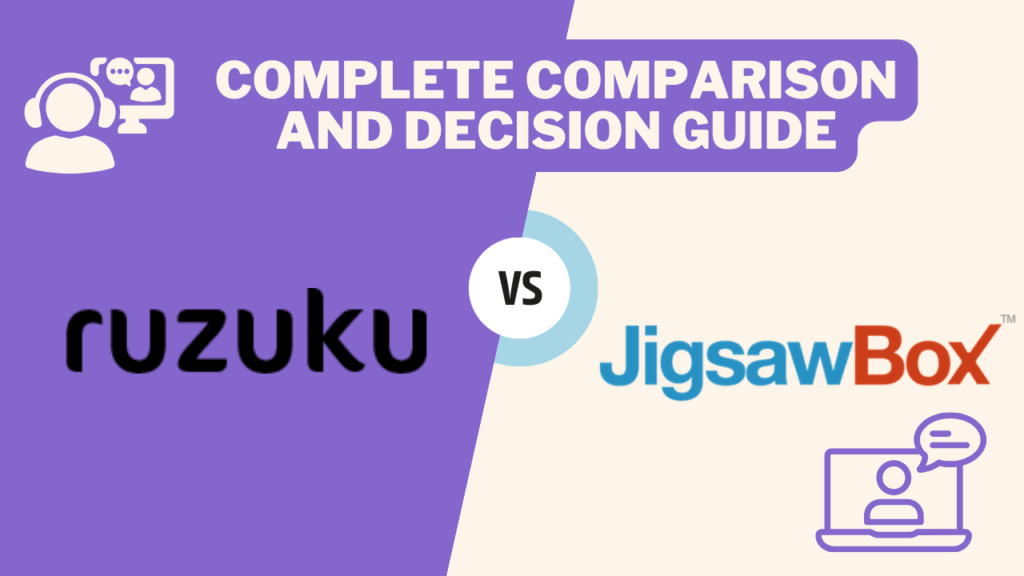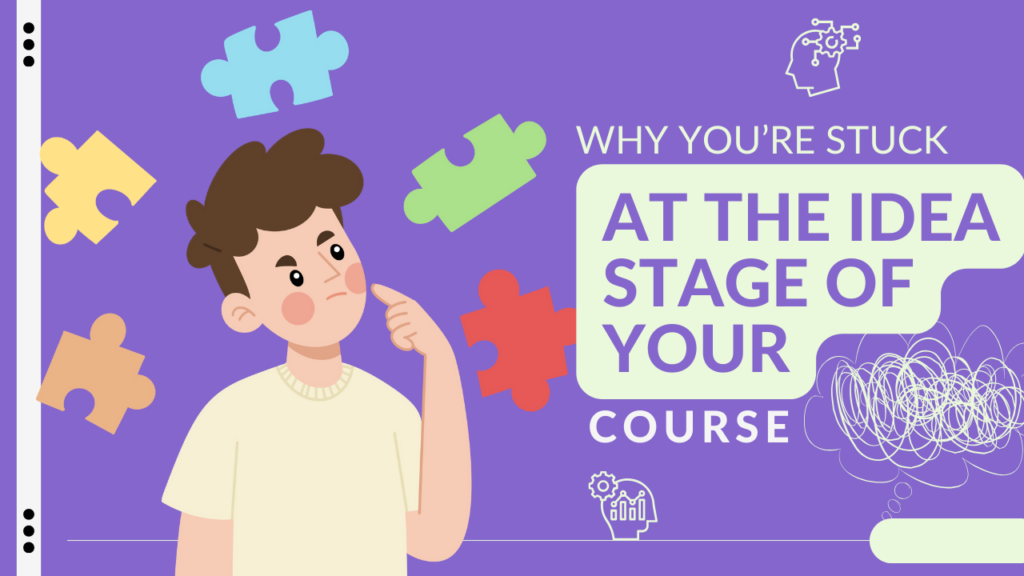There is a clear wrong way to go about creating a profitable and successful online course.
Here’s what you shouldn’t do:
Step 1: Start creating lots of course content.
Step 2: Try to package it all together with a clever title.
Step 3: Post it to your Facebook page.
Step 4: Hope that someone will sign up.
If any of these steps are on your to-do list — and especially if all of them are — then we need to talk.
Here’s the key to designing, creating and marketing a course that will actually sell:
Define a tight focus for your course that provides a crystal-clear outcome for your participants
Vagueness and lack of focus are the mortal enemies of effective marketing.
If you want your course to sell, you must be able to articulate how it will help people effect a transformation in their lives or work.
The more specific and concrete this transformation is, the better…
Because vague promises don’t have any force or credibility.
If you tell me you’re going to “help my business make more money,” that just sounds like a scam.
But if you tell me that you can teach me one very specific tactic, about one very specific aspect of my business, that has been proven to work for other businesses like mine…
Now you have my attention.
In Create 6 Figure Courses, Jeanine O’Neill Blackwell gives the example of designing a course on Facebook marketing.
You might start with a general topic or idea, such as “How to use Facebook to market my business.”
But is that specific? Is it concrete? Does it convey credibility?
Hardly.
This is a course idea that, sadly, is just not going to sell.
Let’s try to do better.
Let’s dig deeper until we uncover a “laser-focused” course topic that will provide a clear outcome and benefit for our participants.
We could get more specific about what aspect of Facebook to use:
How to create Facebook ad campaigns
Even better, we could focus on serving a specific type of business:>
How to use Facebook ads to find your ideal coaching clients
Now we’re getting somewhere!
So how can you define your course focus, and create a course that sells?
First, ask: “Who is your ideal participant?”
Describe in as much detail as possible the ideal participant for this course.
Ex: Gender, age, experience level, role, background, people they follow, books they read.
Second, reflect on: “What is the question they want answered?”
Write the question in the language your ideal clients would use.
Example: How can I get my dog to listen to me? How can I communicate with my teenager?
Third, consider: “What’s the transformation?”
After they complete the course, what will happen? If your course participants fast-forward 30, 60 or 90 days after the course, what new results will they see?
Example: A steady flow of ideal prospects that convert easily into your for-fee programs.
How to learn more
Check out 5 Steps to Your Online Course ».




